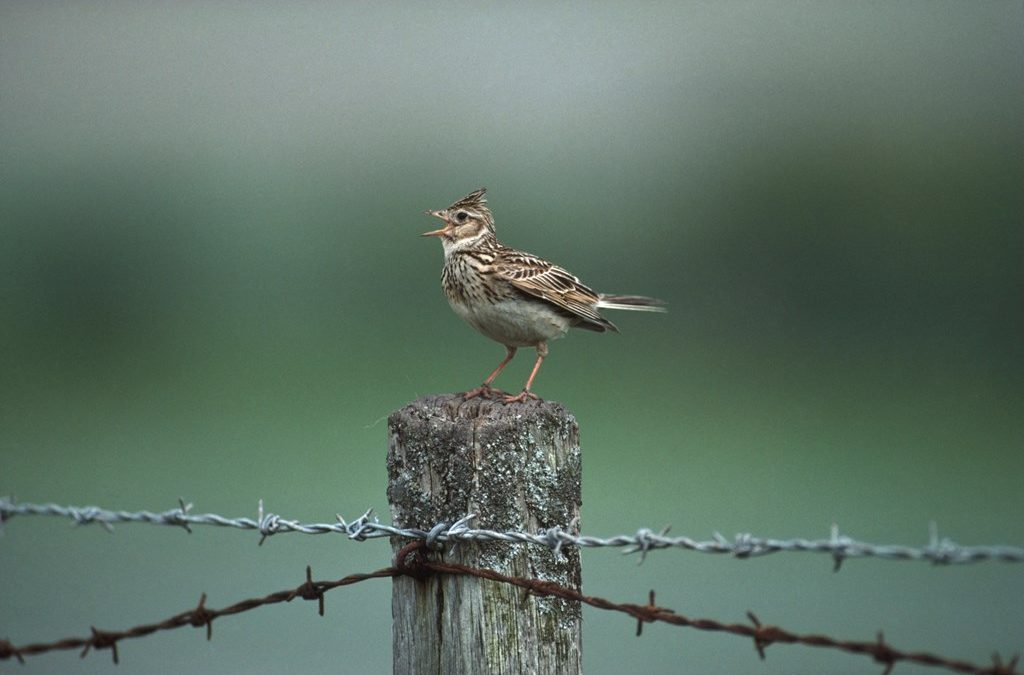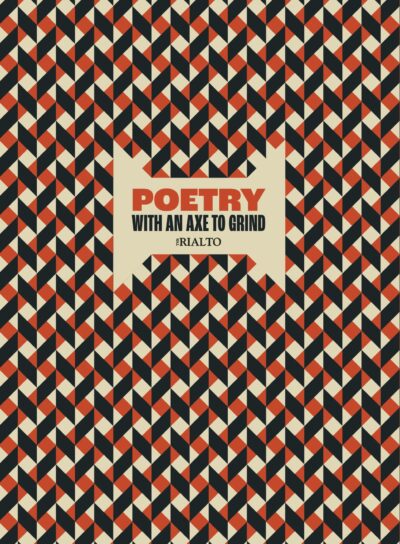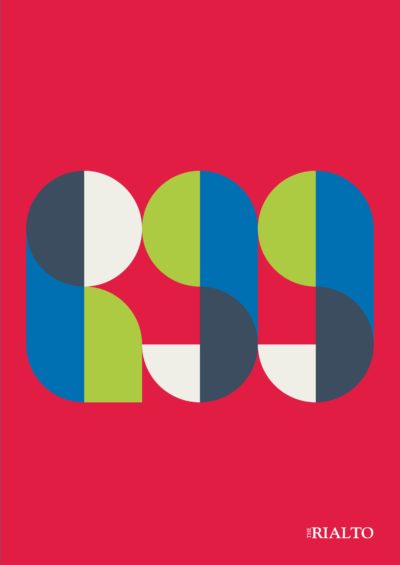It takes a lot of work to organise and administer a poetry competition and quite simply we wouldn’t be able to run it if we didn’t have help from volunteers. This year our help comes from undergraduates on the UEA Literature and Creative Writing courses. We invited them to contribute blogs on the subject of Nature and Place and are glad to publish what they’ve come up with. I’m particularly impressed with their humanity, their openness and optimism.
“314: (Hope is the thing with feathers)”
“Hope” is the thing with feathers –
That perches in the soul –
And sings the tune without the words –
And never stops – at all –
And sweetest – in the Gale – is heard –
And sore must be the storm –
That could abash the little Bird
That kept so many warm –
I’ve heard it in the chillest land –
And on the strangest Sea –
Yet – never – in Extremity,
It asked a crumb – of me.
Emily Dickinson
The aspect of this poem that I remember the most is established only in the last stanza – the un-intrusiveness of “I” the reader toward the feathered thing. There is no need to assert that I am there until the poem has almost closed. This is not to say that I am not there at all. I very much am, with enough attention to hear birdsong in a storm, the closeness to see the detail of the creature, the duration to know that the singing is eternal.
And in this lyric, this small world that is observed as it happens and orbits around one living point, there is such compass in only one sentence. Dickinson’s speaker takes us in from the outside and then turns us inside out. We have our vision directed toward the natural world; then consideration is sent inwards to the self, to identity, music and language; then these thoughts are intruded upon by the rush and noise of wind.
And all this within a few words. This sparseness of words as a means of achieving embodiment runs through the poem. The poet gives us no indication of colour, for instance, but the imagery remains tangible – who is not familiar with a crumb? These images remind the reader of their bodied-ness – I can imagine the bluster of the Gale, therefore I have the sense of touch; I sense the possibility of seasickness on the strangest Sea, so I have a mouth and stomach.
As the reader ventures further into the landscape of the poem, they become more bodied, not less. Dickinson sketches a place using typologies from nature and produces a distinctive effect. It is through the imagined, even instinctive, reactions of the reader to the stimuli of this poem’s place that her sketch is detailed. The tools for filling in these outlines are accessible. The reader can pass through this miniature world and truly feel the poem in their gut.
It is through the creation of this possible place that the possibility of Hope is made easier to reach. I know that everything else in the poem is truthful, from the eye-watering Storm, to singing without words. Hope exists so fervently as to be embodied. The world Dickinson has written operates under the same mechanics as the natural world that I know, therefore hope must also be true both within and beyond the poem. It is something that endures – Dickinson introduces hostile environments into the world of the poem, and although hope is only heard and not seen in such places, that little airborne thing is still present.
Alison Graham
Skylark on fence post with barbed wire. Chris Gomersall (rspb-images.com)






